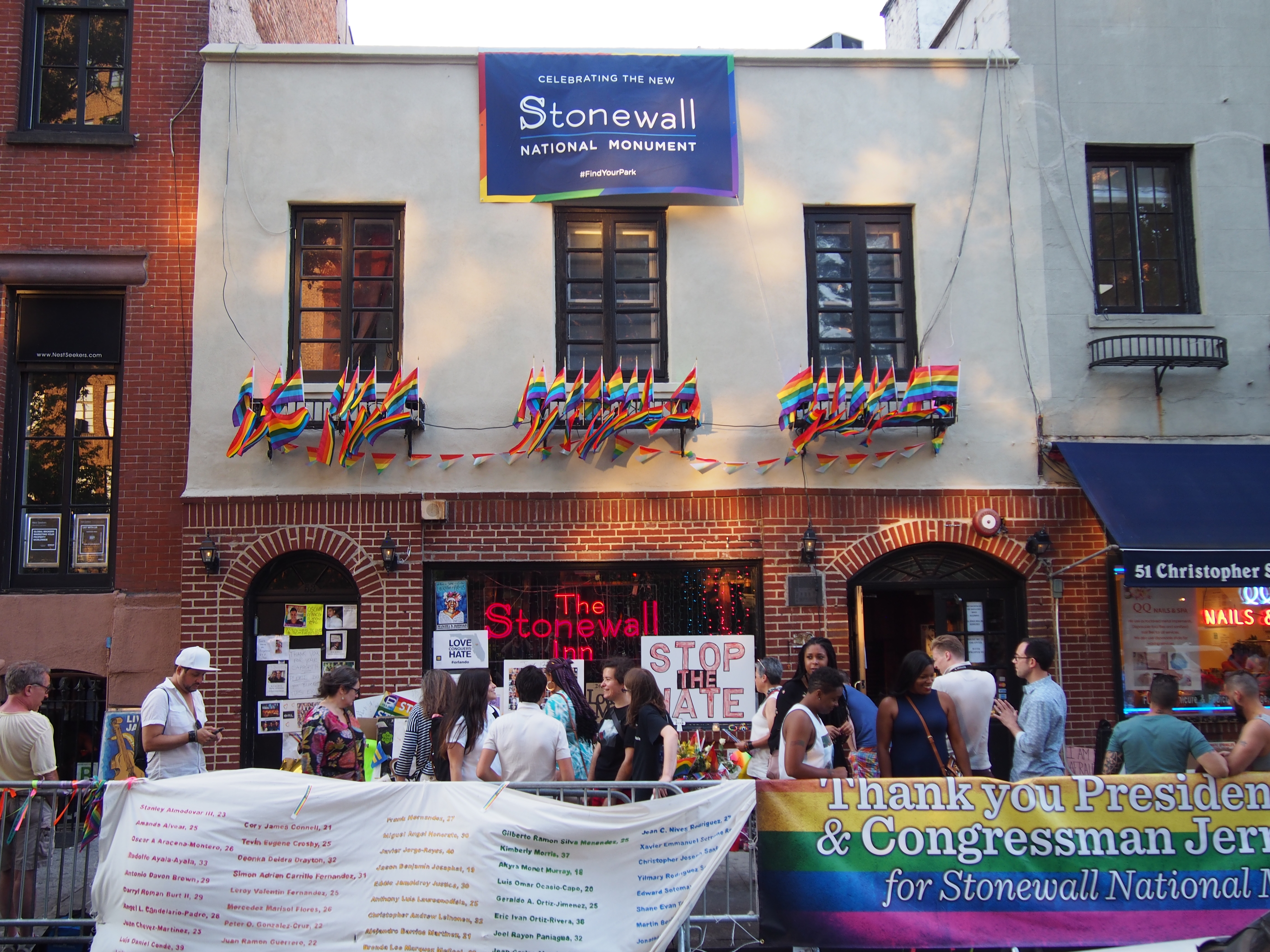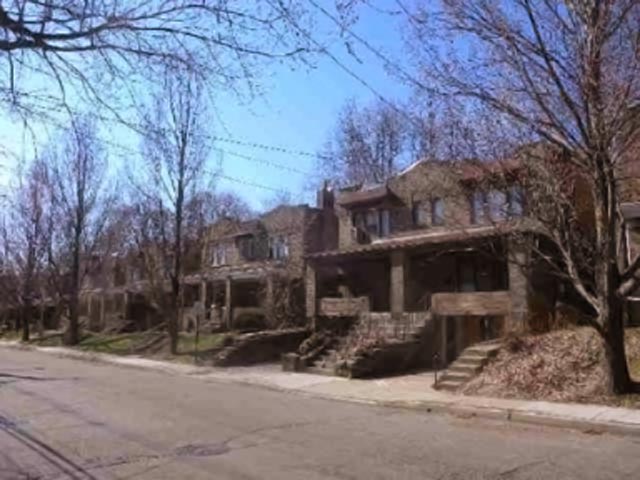|
Forest Park Southeast, St. Louis
Forest Park Southeast (FPSE) is a neighborhood of St. Louis, Missouri. It is bordered by Interstate 64 ( U.S. Route 40) to the north, Vandeventer Avenue to the east, Interstate 44 to the south, and Kingshighway Boulevard and Forest Park to the west. Adjoining neighborhoods include Kings Oak and The Hill to the west, Southwest Garden to the south, Botanical Heights to the southeast, Midtown to the east, and the Central West End to the north. The commercial district along Manchester Avenue, which bisects the neighborhood, is branded as The Grove. History In the late 18th century, prior to the founding of St. Louis, present-day Forest Park Southeast was part of a region of communal French farms known as ''Prairie des Noyers'' ("Meadows of the Walnut Trees"). Following the Louisiana Purchase, the area's complex land titles were gradually assigned to private owners, who then sold to speculators. By the 1820s, the area was part of a large tract owned by Samuel McRee (namesake ... [...More Info...] [...Related Items...] OR: [Wikipedia] [Google] [Baidu] |
Neighborhoods Of St
A neighbourhood (British English, Irish English, Australian English and Canadian English) or neighborhood (American English; see spelling differences) is a geographically localised community within a larger city, town, suburb or rural area, sometimes consisting of a single street and the buildings lining it. Neighbourhoods are often social communities with considerable face-to-face interaction among members. Researchers have not agreed on an exact definition, but the following may serve as a starting point: "Neighbourhood is generally defined spatially as a specific geographic area and functionally as a set of social networks. Neighbourhoods, then, are the spatial units in which face-to-face social interactions occur—the personal settings and situations where residents seek to realise common values, socialise youth, and maintain effective social control." Preindustrial cities In the words of the urban scholar Lewis Mumford, "Neighbourhoods, in some annoying, inchoate fashi ... [...More Info...] [...Related Items...] OR: [Wikipedia] [Google] [Baidu] |
Louisiana Purchase
The Louisiana Purchase (french: Vente de la Louisiane, translation=Sale of Louisiana) was the acquisition of the territory of Louisiana by the United States from the French First Republic in 1803. In return for fifteen million dollars, or approximately eighteen dollars per square mile, the United States nominally acquired a total of in Middle America. However, France only controlled a small fraction of this area, most of which was inhabited by Native Americans; effectively, for the majority of the area, the United States bought the "preemptive" right to obtain "Indian" lands by treaty or by conquest, to the exclusion of other colonial powers. The Kingdom of France had controlled the Louisiana territory from 1699 until it was ceded to Spain in 1762. In 1800, Napoleon, the First Consul of the French Republic, regained ownership of Louisiana as part of a broader effort to re-establish a French colonial empire in North America. However, France's failure to suppress a revol ... [...More Info...] [...Related Items...] OR: [Wikipedia] [Google] [Baidu] |
Form-based Code
A Form-Based Code (FBC) is a means of regulating land development to achieve a specific urban form. Form-Based Codes foster predictable built results and a high-quality public realm by using physical form (rather than separation of uses) as the organizing principle, with less focus on land use, through municipal regulations. An FBC is a regulation, not a mere guideline, adopted into city, town, or county law and offers a powerful alternative to conventional zoning regulation. Form-Based Codes are a new response to the modern challenges of urban sprawl, deterioration of historic neighborhoods, and neglect of pedestrian safety in new development. Tradition has declined as a guide to development patterns, and the widespread adoption by cities of single-use zoning regulations has discouraged compact, walkable urbanism. Form-Based Codes are a tool to address these deficiencies, and to provide local governments the regulatory means to achieve development objectives with greater certainty ... [...More Info...] [...Related Items...] OR: [Wikipedia] [Google] [Baidu] |
Cortex Innovation Community
Cortex Innovation Community, or Cortex is a vibrant innovation community serving as an inclusive economic engine for the St. Louis region. We create equitable economic impacts by leveraging high quality facilities, developing a portfolio of programmatic offerings that build knowledge and networks, and convening a collection of strategic partnerships that attract and support emerging and established companies. A 200-acre hub for technology and biological science research, development, and commercialization, Cortex is a main location for the city's technology startup companies. It is near Washington University's medical campus, St. Louis University, and Barnes-Jewish Hospital. Cortex officials say their master plan calls for $2.3 billion of construction, producing more than 4.5 million square feet of mixed-use development to house 13,000 jobs in technology. Cortex 3.0, a $170 million expansion, was to be complete in fall 2018. History In 1998, William Henry Danforth, former ... [...More Info...] [...Related Items...] OR: [Wikipedia] [Google] [Baidu] |
Washington University Medical Center
The Washington University Medical Center (WUMC), located in St. Louis, Missouri, is a large scale health-care focused commercial development located in St. Louis' Central West End neighborhood. The Washington University Medical Center Redevelopment Corporation focuses on developing public-private partnerships that promote infrastructure and housing development in the WUMC area. As of 2017, the executive director of WUMCRC is Brian Phillips. Although many of the institutions are affiliated with Washington University in St. Louis, most of the institutions of WUMC are independent of the university. Notably, the medical center is anchored by Barnes-Jewish Hospital and also houses the Washington University Medical School. History The Washington University Medical Center was incorporated in 1962. It is located on over directly to the east of Forest Park. WUMC serves as the anchor of the Central West End community, a commercial and residential neighborhood with numerous shops, rest ... [...More Info...] [...Related Items...] OR: [Wikipedia] [Google] [Baidu] |
Gay Village
A gay village is a geographical area with generally recognized boundaries that is inhabited or frequented by many lesbian, gay, bisexual, transgender, and queer (LGBT) people. Gay villages often contain a number of gay-oriented establishments, such as gay bars and pubs, nightclubs, bathhouses, restaurants, boutiques, and bookstores. Among the most famous gay villages are New York City's Greenwich Village, Hell's Kitchen, and Chelsea neighborhoods in Manhattan; Fire Island and The Hamptons on Long Island; Asbury Park, Lambertville, and Maplewood in New Jersey; Boston's South End, Jamaica Plain, and Provincetown, Massachusetts; Philadelphia's Gayborhood; Washington D.C.'s Dupont Circle; Midtown Atlanta; Chicago's Boystown; London's Soho, Birmingham's Gay Village, Brighton's Kemptown, and Manchester's Canal Street, all in England; Los Angeles County's West Hollywood; as well as Barcelona Province's Sitges, Toronto's Church and Wellesley neighborhood, the Castro of Sa ... [...More Info...] [...Related Items...] OR: [Wikipedia] [Google] [Baidu] |
LGBT
' is an initialism that stands for lesbian, gay, bisexual, and transgender. In use since the 1990s, the initialism, as well as some of its common variants, functions as an umbrella term for sexuality and gender identity. The LGBT term is an adaptation of the initialism ', which began to replace the term ''gay'' (or ''gay and lesbian'') in reference to the broader LGBT community beginning in the mid-to-late 1980s. When not inclusive of transgender people, the shorter term LGB is still used instead of LGBT. It may refer to anyone who is non-heterosexual or non-cisgender, instead of exclusively to people who are lesbian, gay, bisexual, or transgender. To recognize this inclusion, a popular variant, ', adds the letter ''Q'' for those who identify as queer or are questioning their sexual or gender identity. The initialisms ''LGBT'' or ''GLBT'' are not agreed to by everyone that they are supposed to include. History of the term The first widely used term, '' homosexual'', ... [...More Info...] [...Related Items...] OR: [Wikipedia] [Google] [Baidu] |
Gentrification
Gentrification is the process of changing the character of a neighborhood through the influx of more Wealth, affluent residents and businesses. It is a common and controversial topic in urban politics and urban planning, planning. Gentrification often increases the Value (economics), economic value of a neighborhood, but the resulting Demography, demographic displacement may itself become a major social issue. Gentrification often sees a shift in a neighborhood's racial or ethnic composition and average Disposable household and per capita income, household income as housing and businesses become more expensive and resources that had not been previously accessible are extended and improved. The gentrification process is typically the result of increasing attraction to an area by people with higher incomes spilling over from neighboring cities, towns, or neighborhoods. Further steps are increased Socially responsible investing, investments in a community and the related infrastruct ... [...More Info...] [...Related Items...] OR: [Wikipedia] [Google] [Baidu] |
Suburbanization
Suburbanization is a population shift from central urban areas into suburbs, resulting in the formation of (sub)urban sprawl. As a consequence of the movement of households and businesses out of the city centers, low-density, peripheral urban areas grow. Sub-urbanization is inversely related to urbanization, which denotes a population shift from rural areas into urban centers. Many residents of metropolitan regions work within the central urban area, but live outside of it, in satellite communities called suburbs, and commute to work by car or mass transit. Others have the opportunity to work from home, due to technological advances. Suburbanization often occurs in more economically developed countries. The United States is believed to be the first country in which the majority of the population lived in suburbs rather than cities or rural areas. Proponents of containing the urban sprawl argue that the sprawl leads to urban decay and a concentration of lower-income residents ... [...More Info...] [...Related Items...] OR: [Wikipedia] [Google] [Baidu] |
Streetcar Suburb
A streetcar suburb is a residential community whose growth and development was strongly shaped by the use of streetcar lines as a primary means of transportation. Such suburbs developed in the United States in the years before the automobile, when the introduction of the electric trolley or streetcar allowed the nation’s burgeoning middle class to move beyond the central city’s borders. Early suburbs were served by horsecars, but by the late 19th century cable cars and electric streetcars, or trams, were used, allowing residences to be built farther away from the urban core of a city. Streetcar suburbs, usually called additions or extensions at the time, were the forerunner of today's suburbs in the United States and Canada. San Francisco's Western Addition is one of the best examples of streetcar suburbs before westward and southward expansion occurred. Although most closely associated with the electric streetcar, the term can be used for any suburb originally built with stre ... [...More Info...] [...Related Items...] OR: [Wikipedia] [Google] [Baidu] |
Grand Boulevard (St
{{disambiguation, road ...
Grand Boulevard may refer to: *Grand Boulevard (Budapest), Hungary * Grand Boulevard, Joondalup, Australia * Grand Boulevard (Montreal), Canada United States * Grand Boulevard (Corona), California, a circular street that encircles downtown Corona *Grand Boulevard, Chicago, Illinois, a neighborhood *Grand Boulevard (Detroit), Michigan, a boulevard that encircles central Detroit * Grand Boulevard (Kansas City, Missouri) *Grand Boulevard, Long Beach, New York *Grand Boulevard (St. Louis), Missouri * Grand Boulevard (Oklahoma City), Oklahoma *Southern Parkway (Louisville, Kentucky), formerly called Grand Boulevard See also * Grand Avenue (other) *Grand Street (other) Grand Street may refer to: * Grand Street (magazine), an American magazine * Grand Street (film), a 2013 film starring Kelly McGillis New York City Streets * Grand Street (Manhattan), a street in New York City * Grand Street (Brooklyn), a street i ... [...More Info...] [...Related Items...] OR: [Wikipedia] [Google] [Baidu] |




